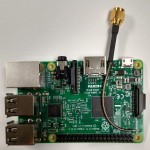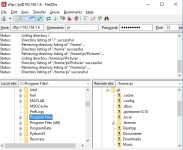IoT based Temperature and Humidity Monitoring System using Raspberry pi Board

The Internet of Things (IoT) is a new and intelligent way to facilitate designing, developing control, and monitoring devices and services. Through IoT, all the controlling and monitoring can be done remotely through the internet. IoT-based systems are now introduced in almost every field, including smart homes, smart offices, smart cities, smart hospitals, intelligent vehicles, etc. The IoT-based projects need a controlling unit for their implementation. There are a large number of design boards available in the market for IoT projects, i.e., microcontroller boards (like Arduino board, ESP8266), single-board computers (like Raspberry pi board), and System on Chip (SoC) boards (like Tessel 2, Intel Edison board). All these boards have different specifications and are selected based on the requirements of IoT projects. IoT-based hardware exchanges information by connecting with other devices through any of the following connectivity radio frequency, Internet, Wi-Fi, Ethernet, Bluetooth, etc. The current project is a temperature and humidity monitoring system it uses a Raspberry pi board as a standalone controller connected to the DHT11 sensor. The sensor collects information from the physical environment. It provides it to…






